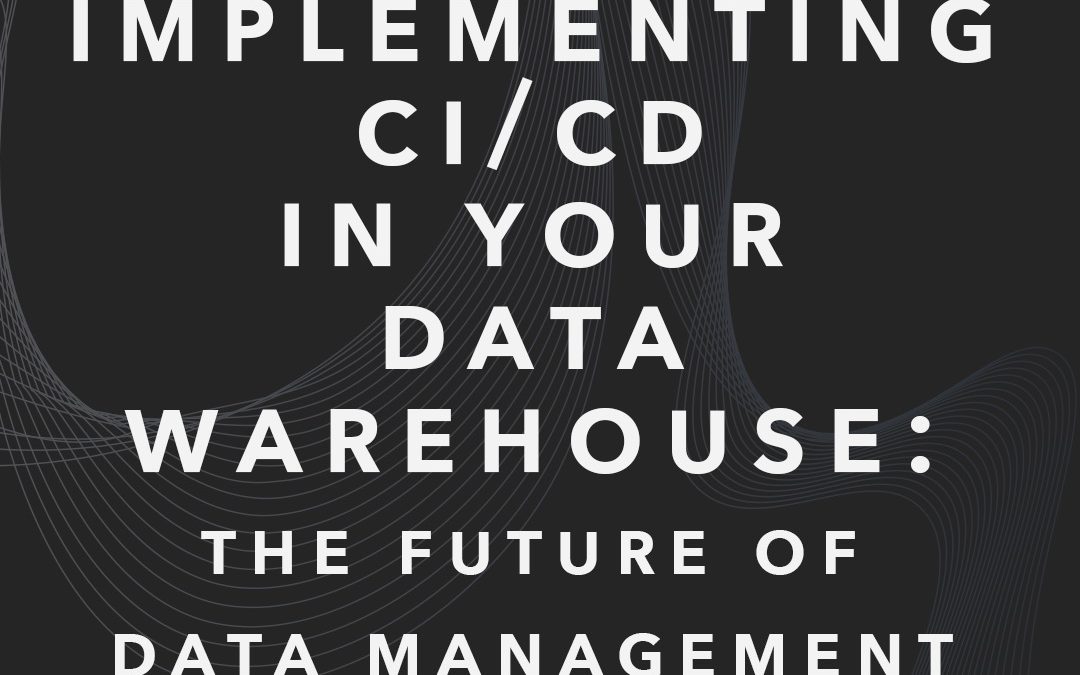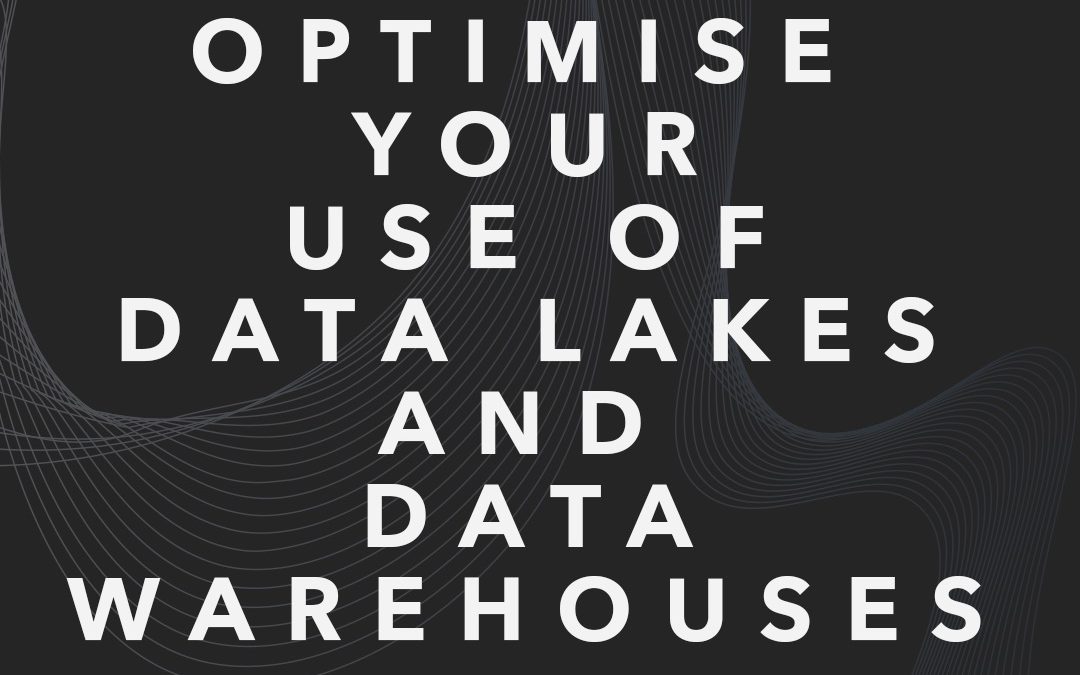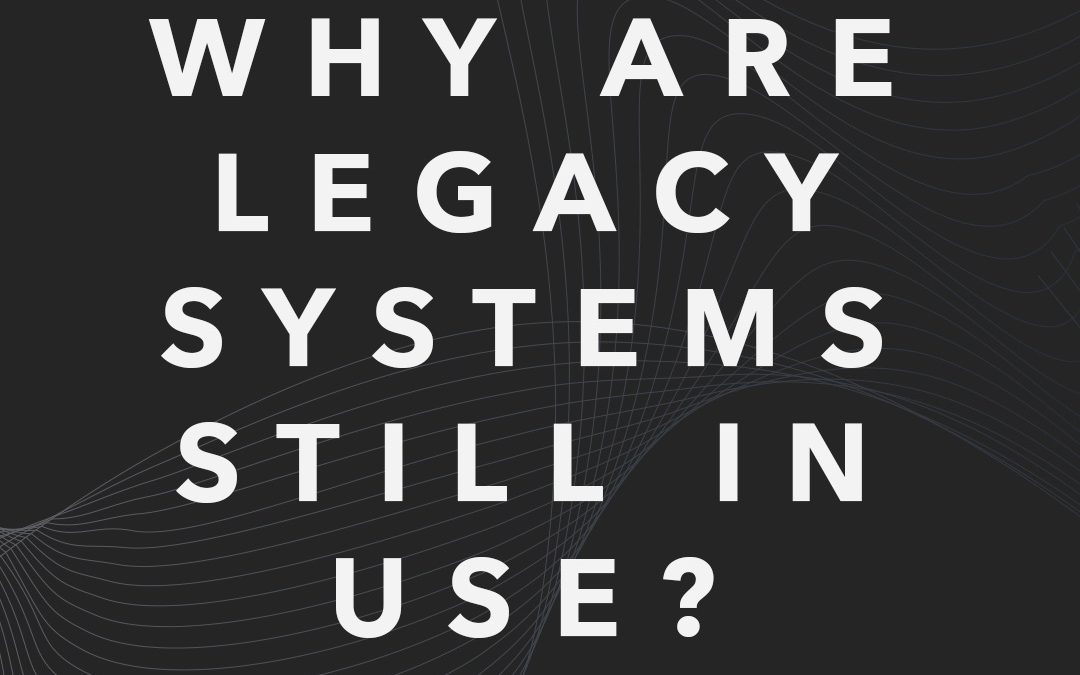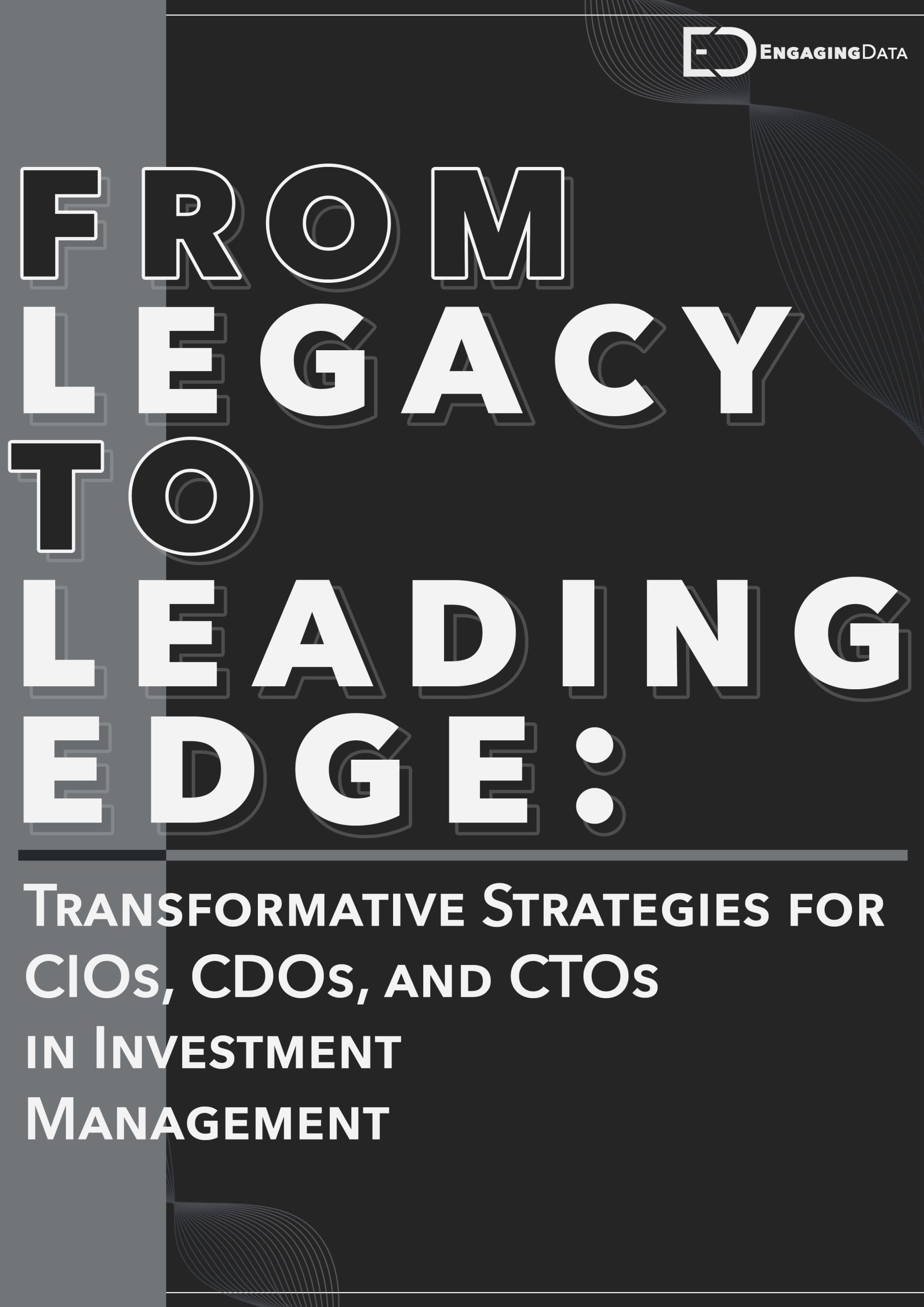Legacy System Risks and Rewards:
A Comprehensive Overview for Investment Leaders
Within the realm of investment management, the presence of legacy systems is not a mere relic of the past, but an enduring reality that shapes the technological landscape.
Investment firms, led by the visionary minds of CIOs, CDOs, and CTOs often find themselves entangled in a web of legacy technologies. These systems, once the pioneers of innovation, now stand as witnesses to the industry’s evolution, silently influencing operations, strategies and the very fabric of decision-making.
It has become evident to us, after speaking to numerous clients within this sector, that the prevalence of legacy is more than a footnote in the industry’s history; it’s an integral part of its present. CIOs, CDOs, and CTOs, navigate this landscape where the old and the new coexist, often presenting both challenges and opportunities.
Within the complexity of legacy systems, lie both risks and rewards waiting to be unearthed. The landscape is dynamic, with each outdated server, ageing application, and obsolete infrastructure carrying the weight of decisions made in the past. Yet, within this complexity, there is also a potential for rejuvenation, optimisation and strategic transformation.
Navigating the complexities of legacy systems is not merely a technical challenge; it’s a strategic imperative. Investment management leaders must address the intricacies of existing systems to optimise performance, adapt to the evolving landscape, and, most crucially, mitigate potential risks.
This blog post is not just about technology, it’s about strategic decision-making that defines the trajectory of investment management firms.
The Landscape of Legacy Systems in Investment Management
Legacy systems are more than just ageing infrastructure. They are the silent architects of the industry’s technological foundation. These systems encompass a spectrum of outdated software, hardware, and operational processes that, despite their historical significance, now pose challenges to the seamless functioning of modern investment firms.
Examples range from archaic trading platforms to cumbersome data management systems to ageing infrastructure unable to keep pace with the demands of a digital era.
Why Investment Management Have a Dependence on Legacy Systems
The dependence on legacy technology in investment management is not a mere coincidence, but a consequence of the industry’s unique dynamics. Investment leaders often find themselves tethered to legacy systems due to a combination of factors, including the substantial investments made in building and customising these systems over the years. The intricate nature of financial operations, regulatory compliance, and the need for seamless integrations with existing workflows contribute to the reluctance to part ways with familiar, albeit outdated, technologies.
CIOs, CDOs, and CDOs grapple with the challenge of balancing the desire for innovation with the practical constraints imposed by the legacy systems deeply ingrained in the organisation’s fabric.
Recent studies have indicated that a significant percentage of investment organisations still operate with legacy systems as the backbone of their operations. These systems, now pose operational challenges and hinder efficiency and jeopardise data integrity.
The Risks of Clinging to Legacy Systems
Financial Strain: Examining the High Maintenance Costs and Budget Constraints
Recent studies have indicated that a significant percentage of investment organisations still operate with legacy systems as the backbone of their operations. The allure of familiarity often disguises the stark reality of legacy systems – financial strain.
As CIOs, CDOs, and CTOs, meticulously allocate resources, the weight of the high maintenance costs looms large. These legacy systems demand an ever-increasing share of the budget, leaving investment firms grappling with a delicate balancing act. Examining the financial strain reveals not just the immediate impact on budgets, but also the long-term consequences of resource allocation that stifle innovation and strategic initiatives.
Reduced Agility: Impact on the Ability to Respond to Market Changes and Innovate
Agility is synonymous with resilience within investment management. However, legacy systems, with their inherent rigidity, cast a shadow over the agility needed to respond to market changes and drive innovation.
The impact is palpable as investment leaders witness a reduced capacity to adapt swiftly to emerging trends. As markets evolve, those limited by legacy systems find themselves constrained, unable to seize opportunities or pivot in response to dynamic market shifts.
Security Vulnerabilities: Explore the Increased Risk of Data Breaches and Compliance Issues
The digital era not only brings opportunities but also poses unprecedented threats. Legacy systems, often lacking the robust security measures of their modern counterparts, expose investment firms to heightened risks of data breaches and compliance issues.
As cyber threats become more sophisticated, the vulnerabilities inherent in outdated technology pose a significant challenge. Navigating these security risks is not just a matter of data integrity; it’s a strategic imperative for safeguarding the trust and confidence of clients and stakeholders.
Competitive Disadvantage: Potential Loss of Competitiveness in a Rapidly Evolving Market
In an industry that thrives on staying one step ahead, clinging to legacy systems can be a double-edged sword. The potential loss of competitiveness in a rapidly evolving market is a stark reality that leaders must confront.
The agility, efficiency and innovation offered by modern technology become differentiators that legacy-dependent firms struggle to match. As competitors embrace the transformative power of the digital age, those anchored to the past risk not only falling behind but also losing ground in the competitive race.
The risks of clinging to legacy systems, the message is clear for CIOs, CDOs, and CTOs: the strategic imperative is to not just recognise these risks but to proactively address them.
Rewards of Addressing Legacy System Challenges
Cost Saving: Modernisation as a Long-Term Financial Gain
Breaking free from the chains of legacy systems is a move onto the path of significant cost savings. While the upfront investment in modernisation may seem daunting, it pales in comparison to the long-term financial gains it unlocks.
By proactively addressing legacy challenges, investment leaders can optimise operational costs, reduce ongoing maintenance expenses and free up budgets for strategic initiatives.
The shift from viewing modernisation as a cost to embracing it as a long-term financial gain is a pivotal mindset that transforms the financial trajectory of investment firms.
Enhanced Agility: The Benefits of Increased Flexibility and Adaptability
Agility is the lifeblood of success in the investment sector, and modernisation serves as the catalyst for enhanced flexibility and adaptability.
By addressing legacy system challenges, CIOs, CDOs, and CTOs empower their organisation and can respond swiftly to market changes, seize opportunities, and navigate industry shifts with grace. The enhanced agility afforded by modernisation transcends operational efficiency; it becomes a strategic advantage that positions your organisation as a dynamic and responsive player in a constantly changing sector.
Improved Security and Compliance: Heightening the Importance of Data Integrity and Regulatory Alignment
Security and compliance are non-negotiable pillars in investment management. Modernisation is a technological upgrade – but it is also a commitment to ensuring data integrity and aligning with regulatory standards.
By addressing legacy system challenges, investment leaders bolster the security of their firms, mitigating the risks of data breaches and compliance issues. This commitment to robust security and compliance standards not only safeguards sensitive information but also fortifies the trust of clients and stakeholders.
Technological Innovation: How Modernisation Opens Doors to Adopting New Technologies
Innovation is the heartbeat of progress and modernisation is the key that unlocks the doors of technological innovation. By embracing modern technologies, investment firms move beyond the constraints of legacy systems, opening avenues to adopt cutting-edge technologies.
Whether it’s harnessing the power of Artificial Intelligence, leveraging data analytics for informed decision-making, or exploring the potential blockchain, modernisation propels investment leaders into the forefront of technological innovation.
It’s not about catching up – it’s about leading the way in a digitally transformative era.
The rewards of addressing legacy system challenges, the narrative shifts from the hurdles from the past to the promise of a vibrant future. Investment leaders who recognise the strategic value of modernisation pave the way for a resilient, agile, and technically advanced landscape, positioning their firms for sustained success in the competitive landscape.
The Read Ahead: Navigating Legacy Systems in a Digital Era
The Evolving Landscape of Technology
The journey to navigate legacy systems leads us to the crossroads of the digital era – a landscape that has been evolving at unprecedented speeds and complexity in recent years.
As technology continues to redefine the investment sector, investment leaders stand at the centre of opportunity and challenge. The landscape presents promises and innovation but the imperative for adaption. From blockchain and artificial intelligence to cloud computing and data analytics, the possibilities are vast, and the choices made today shape your organisation’s future trajectory.
In conclusion, the journey is not without challenges, but for those who navigate wisely, the rewards are boundless.
Investment leaders are invited not just to tread the road ahead but to lead, innovate, and shape the narrative of investment management in the digital age.
Are you ready to break free from the chains of legacy systems and lead your investment management firm into a future defined by innovation and success? Download our FREE Whitepaper, just fill out the form below!







